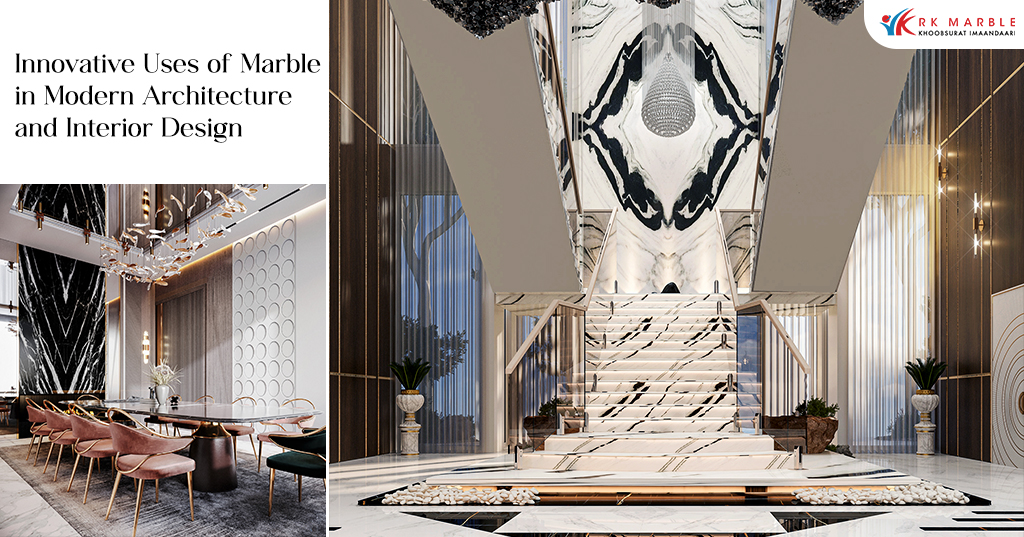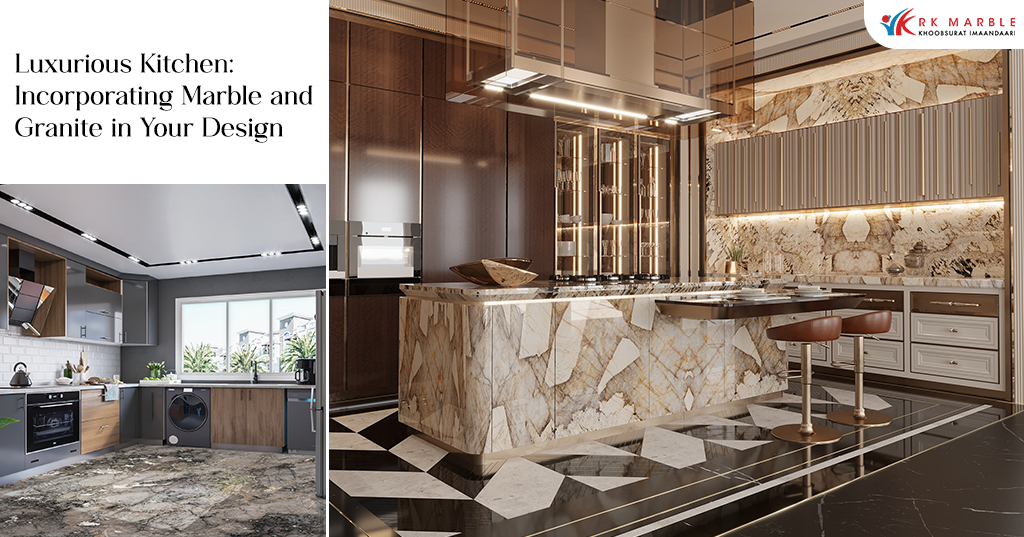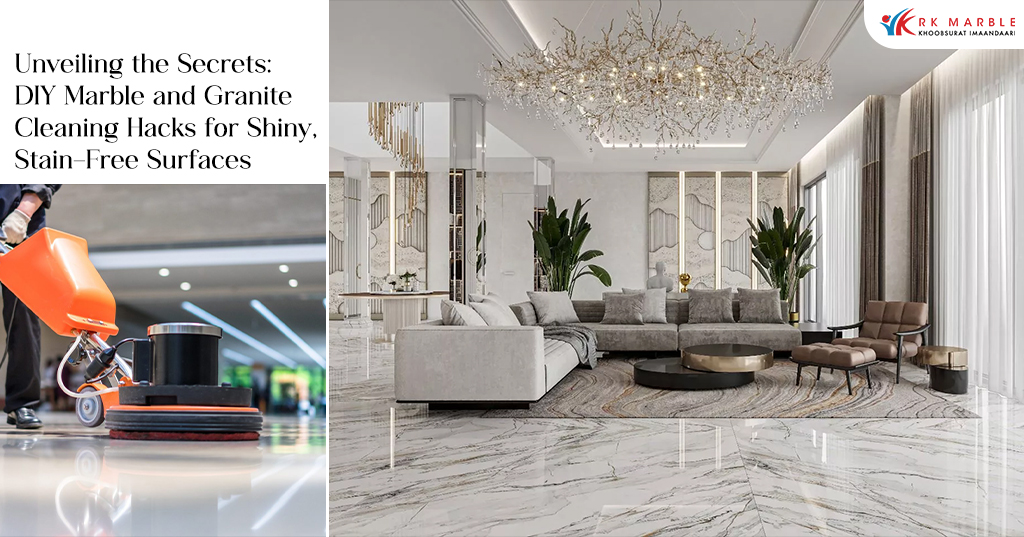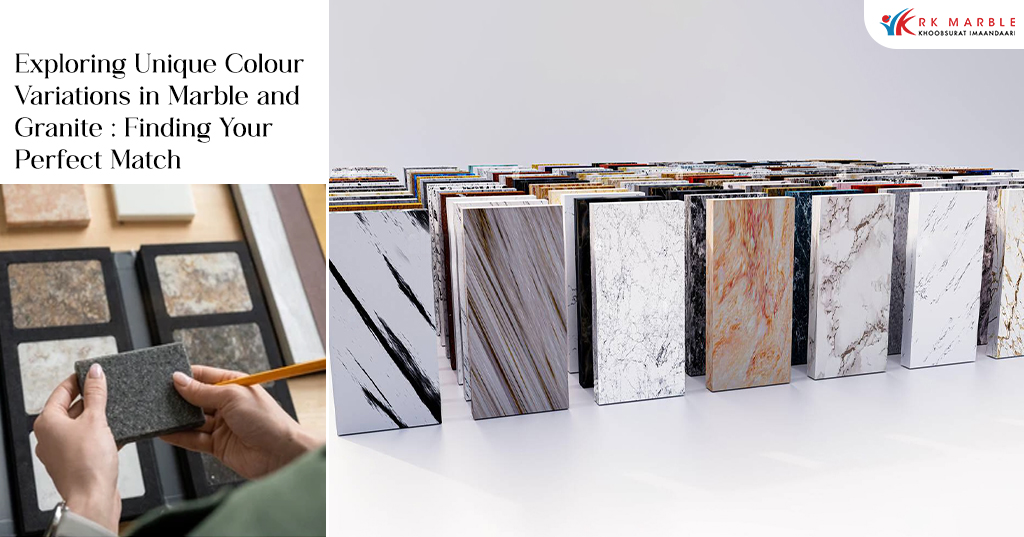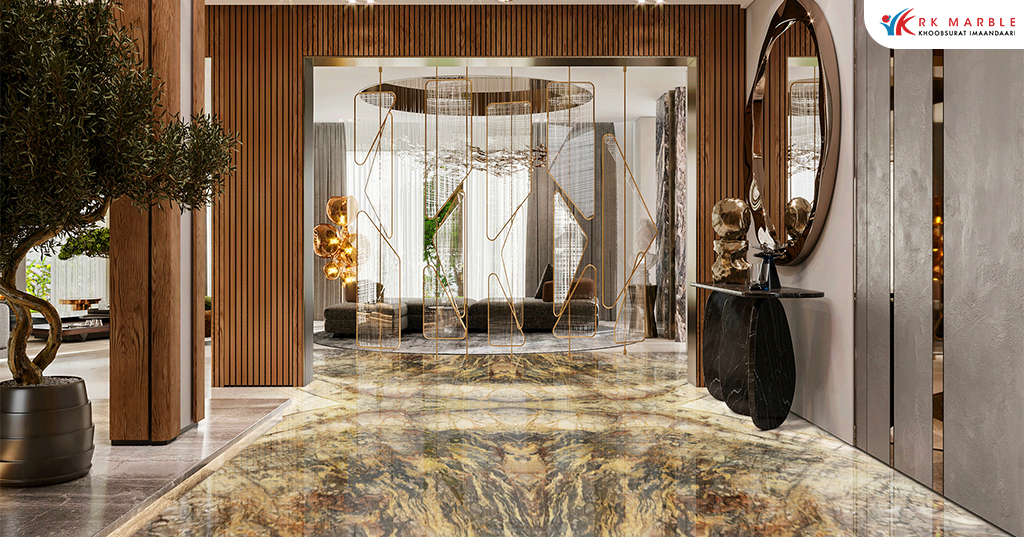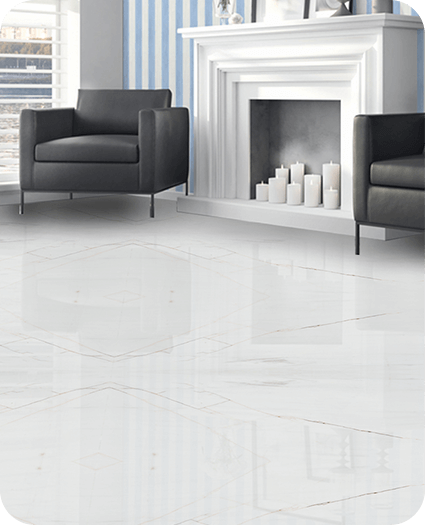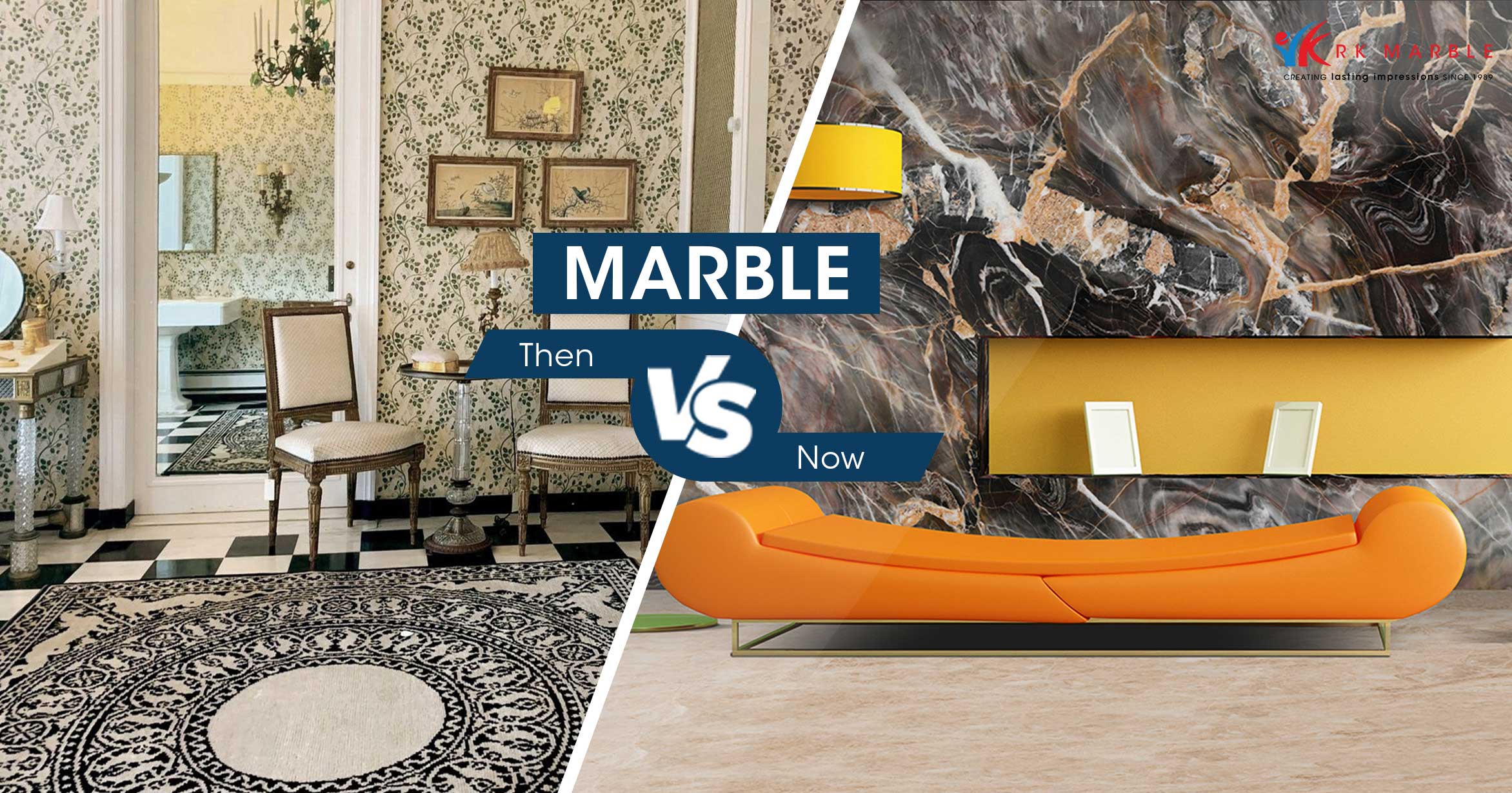
Marble extraction in Italy dates as far back as 155BC and has been used in architecture ever since.
From monuments like Taj Mahal and Michelangelo’s statue of David to expansive spans of white Statuario in homes, marble has come a long way.
A stone reserved for places of public importance in ancient times, today, marble is easily accessible to us, thanks to technological revolutions. But that’s not the only thing that has changed over the years.
Marble: Then vs. Now
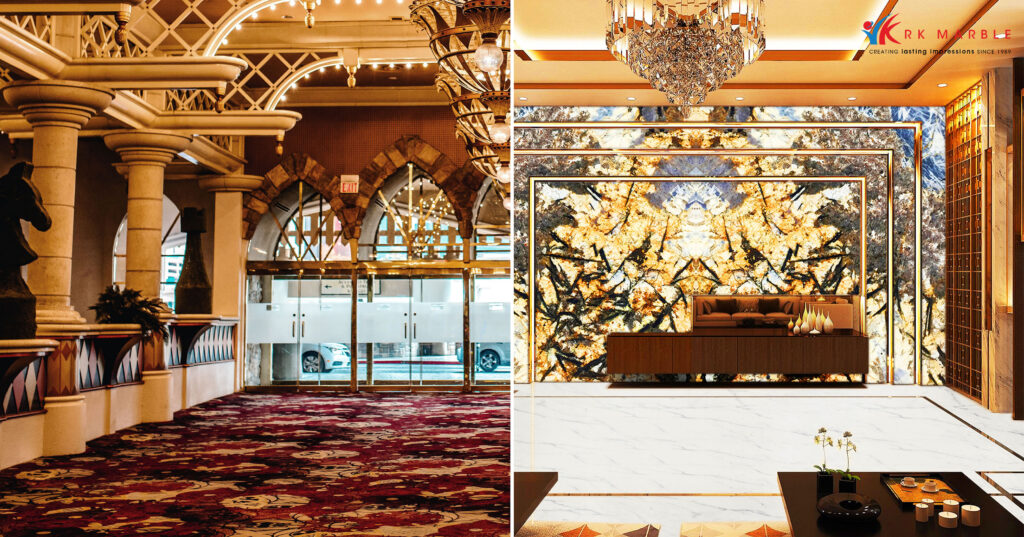
Marble Design Trends that stood the test of time
Flooring
Marble graces immortal monuments like Taj Mahal and Pantheon. But it was also common for affluent homes to adorn their floors with large marble slabs. The tranquil stone translates into grandeur, having been used chiefly for flooring since it was discovered.
Right from Italian to Greek architecture, marble floor designs and trends have not strayed far from their design origins over the decades.
The stones themselves haven’t lost their lustre, but people are pushing the boundaries and breaking the rules with many more varieties at their disposal.
Inlays
Bringing together two different marble slabs and creating a striking pattern lends a pop of colour to the often monotonous and basic flooring. It also helps draw the eyes towards the center of the room, allowing guests to soak in the grandeur and wonder of the natural art that is marble. Marble floor inlays are preferred for larger carpet areas, such as in a villa or bungalow.
Patterns
The chessboard pattern comes to mind when you think of putting together two starkly contrasting marble. Vintage, classic and sophisticated, the checkerboard marble floor design delivers an understated, old-world charm to the interior. But this is not all. Herringbone, straight lines and striato patterns are emerging as well, adding a contemporary touch to the interior space.
What has changed?
The Classical Greek and Roman architecture introduced pillars and large columns that supported monolithic structures. They are still used in places of worship. But with the popularity of open floor plans, the colossal columns of marble have been replaced by accent pieces.
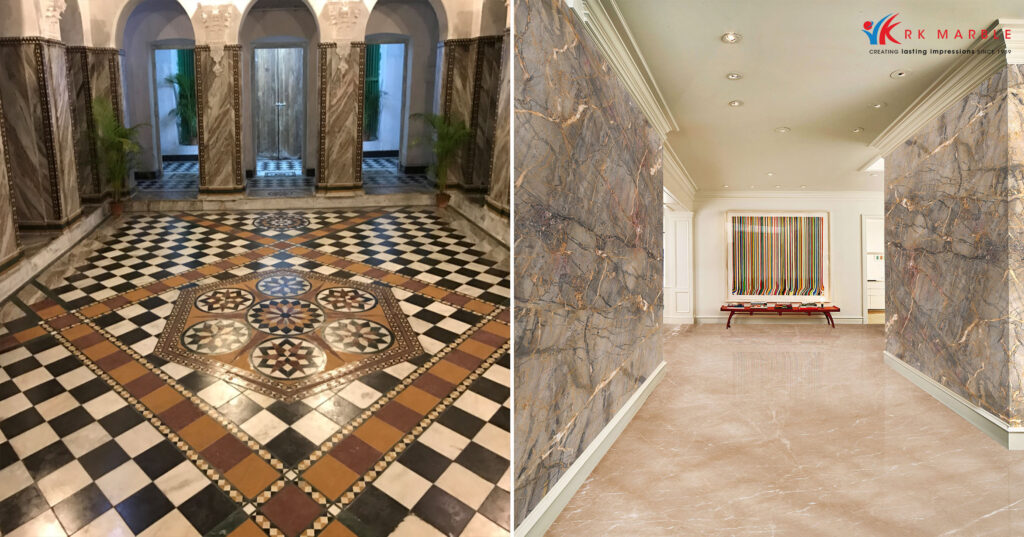
Contemporary marble design trends
Accent pieces heighten the natural glow of marble flooring and cladding.
Highlight walls
With spaces shrinking in the urban era, columns have transformed into pillars pushed to the corners of open spaces and highlight walls. However, they still draw the eyes with intricate details – especially when they are adorned with pristine or vibrant marble.
Patterns
Patterns and geometrical design with sharp edges derive inspiration from Neoclassical architecture. Yet, they inch towards a modern minimalism as opposed to a blooming garden of colours, patterns and textures that are reminiscent of yesteryears.
In combination
Since many artificial materials have been introduced, the marble slabs are no longer used in isolation. Now, the sophisticated gloss of the stone can be seen playing with elements like wooden panels, metal inlays, even pieces of art.
Furthermore, carpets are still in use – albeit sparingly, as uninterrupted expanses of marble makes the room look more spacious.
Did you think the increased accessibility of the precious stone may have resulted in saturated interiors? On the contrary, only a handful of affluent homes invest in high quality marble in large quantities. Having other, cheaper materials at their disposal nudges people towards using marble in select few areas of the house. But after 15-20 years of construction, you’ll need to change everything – all but the marble flooring and cladding.
While the stone itself is timeless, the ways it has been used to describe opulence and elitism has evolved extraordinarily over the decades. Trends have come and gone, but the marble has proven to be evergreen.
There are no other interior design options that can speak to sophistication and luxury to the level of marble. Explore more at R K Marble – Experience One.
